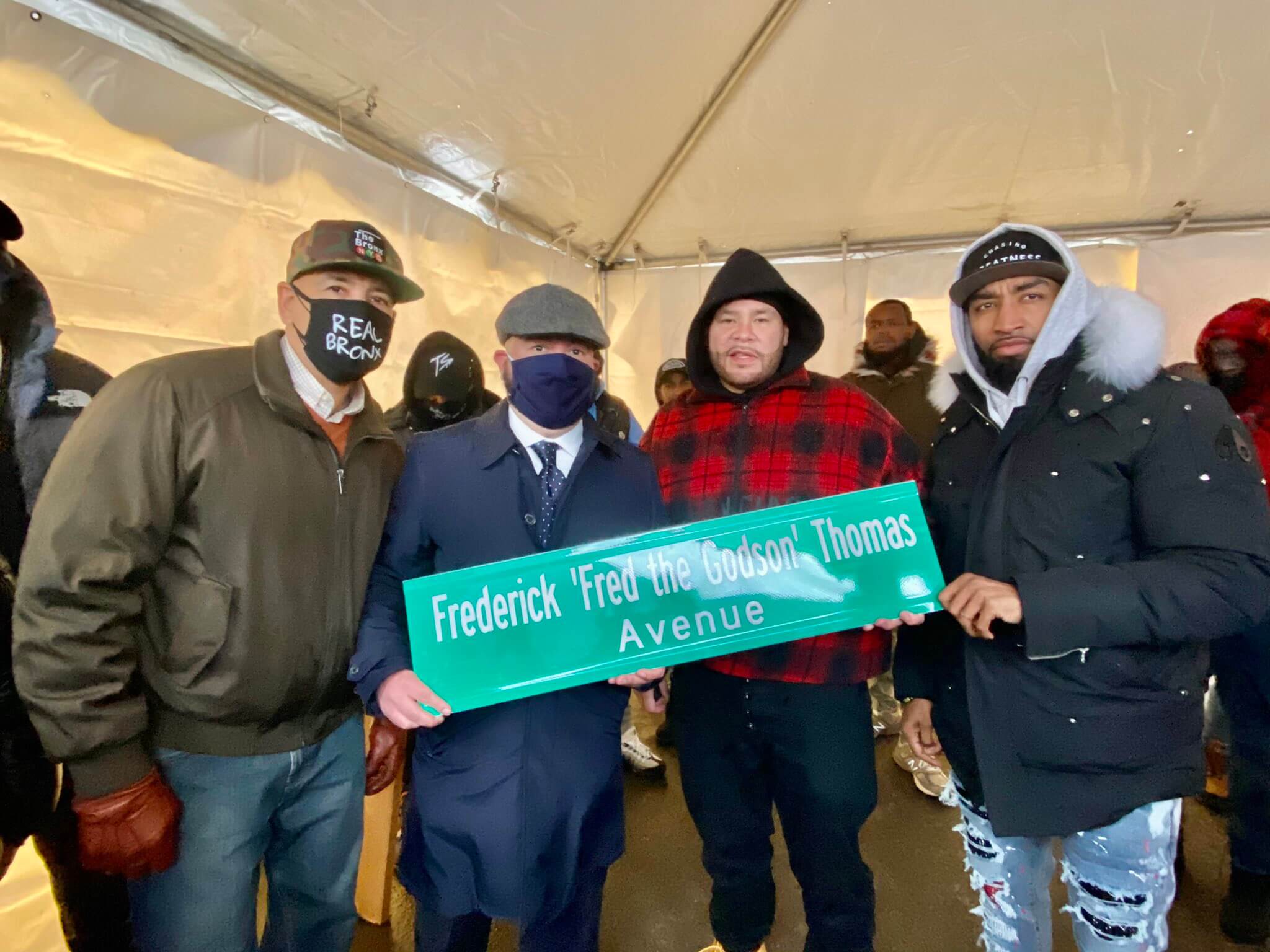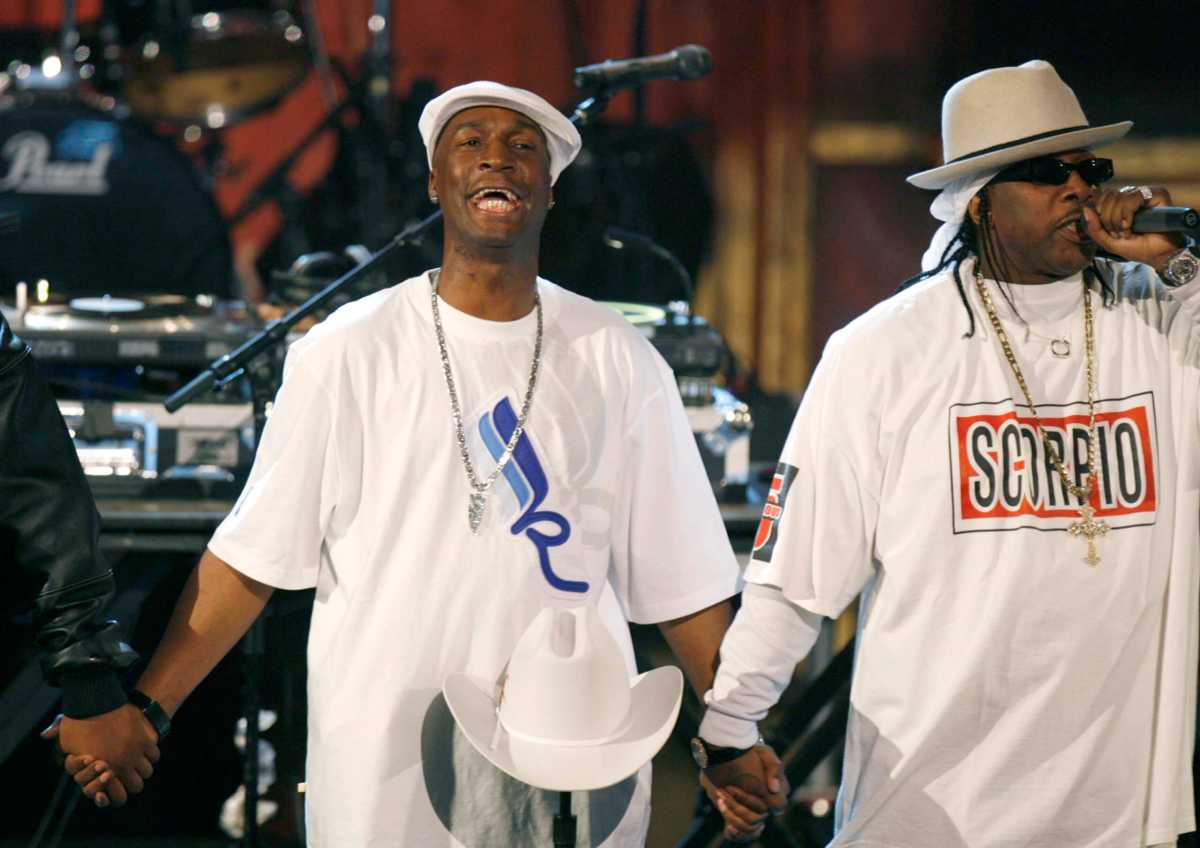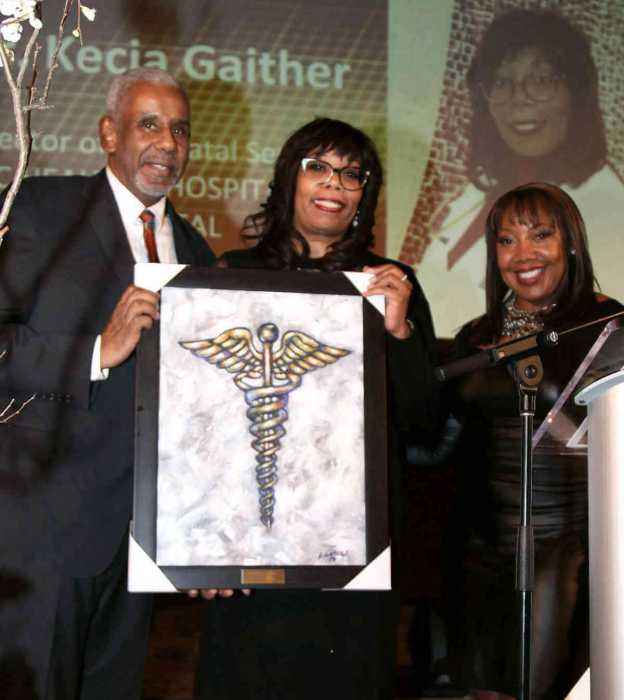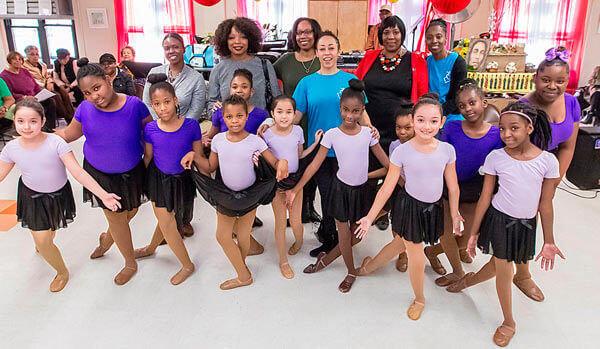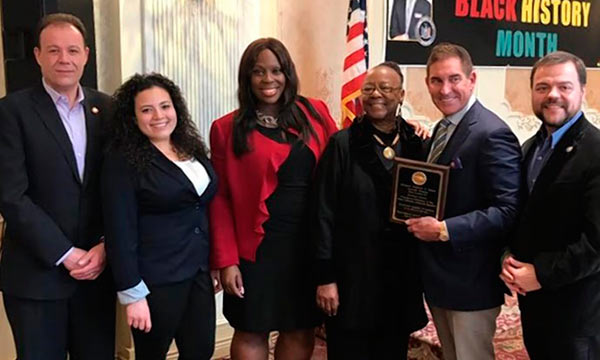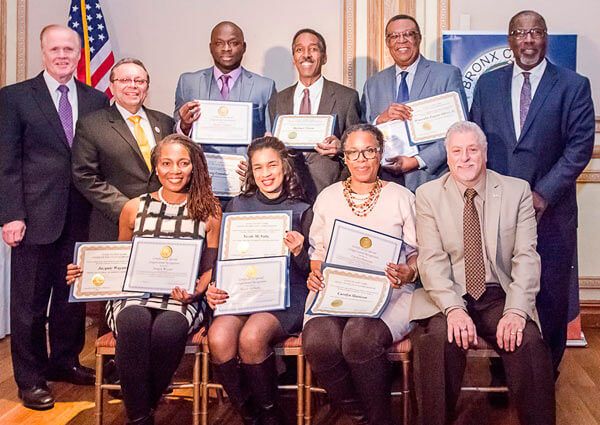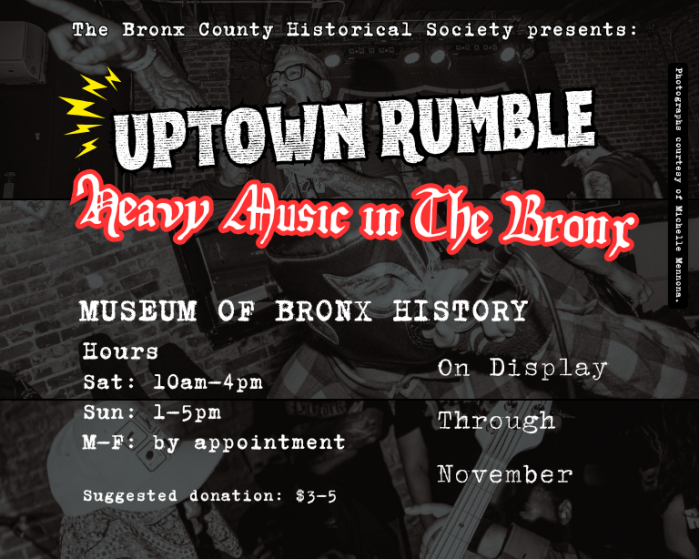In the summer of 1973 there was a back to school party in the basement of a south Bronx apartment building which changed the world.
It was there at Highbridge’s 1520 Sedgwick Avenue that an 18-year-old Jamaican immigrant by the name of Clive “DJ Kool Herc” Campbell invented a new genre of music when he looped the break of James Brown’s “Give It Up or Turnit Loose” inside of the packed rec-room.
That new born, funk inspired sound was the first ever beat of the now global phenomenon known as hip hop – and without the so aptly nicknamed Boogie Down Bronx, that music may have not become the titan it now is.
Kool Herc’s summer of ’73 genesis was only the tip of the iceberg for hip hop in the Bronx and later all of New York City.
Herc was soon joined by Grandmaster Flash, who at the time was still Joseph Sadler, a fellow DJ from Hunts Point who literally dumpster dove to put together working turntables to mix at parks throughout the south Bronx.
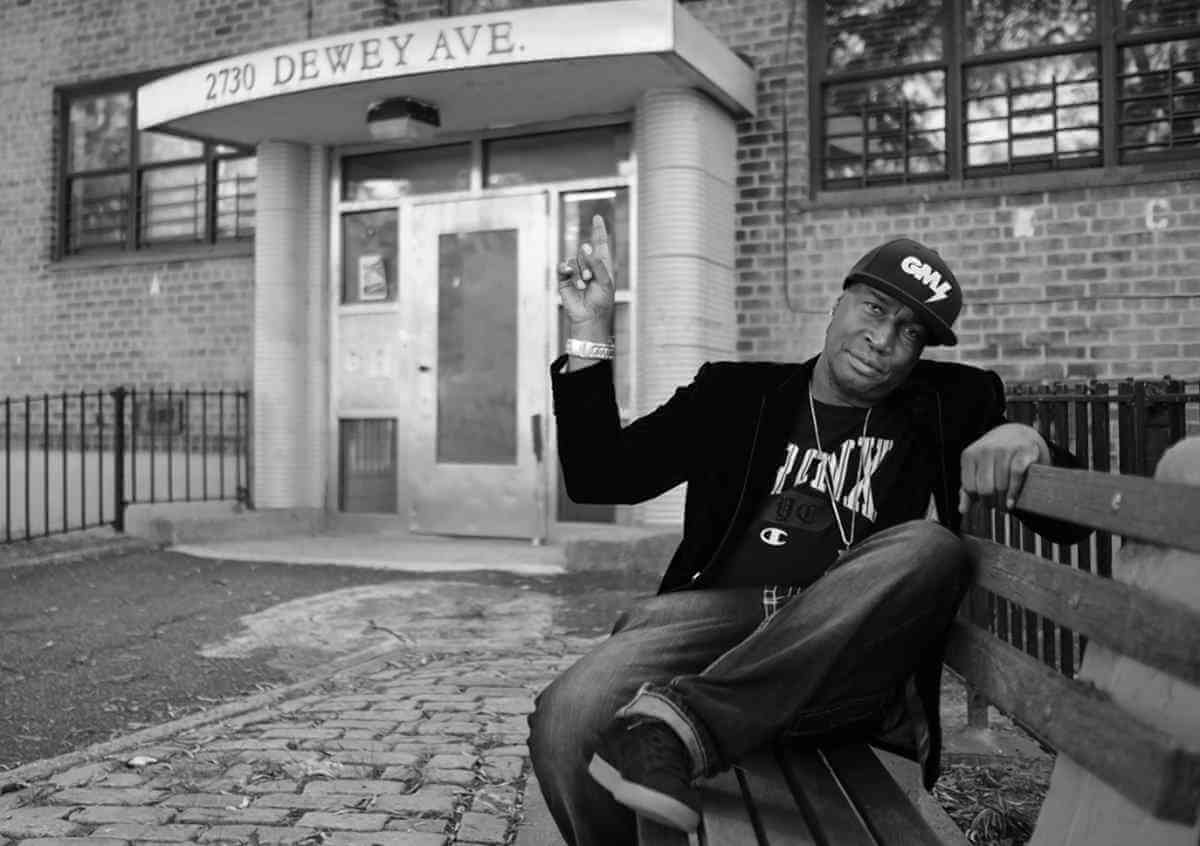
Flash idolized what Herc could do behind a deck and took inspiration from him to create his own sampling and looping techniques as hip hop’s popularity rose.
As Herc, Flash, and fellow acts who pioneered hip hop like Grand Wizard Theodore and Grandmaster Caz literally brought the pillars of DJing, rapping, breakdancing, and graffitti to public spaces and playgrounds across the borough, they also created a chance for local youth to escape the tumultuous condition that was the “Burning Bronx” of the 1970s and 1980s.
That’s what inspired Grandmaster Flash along with fellow Bronx originated rappers known as The Furious Five to record “The Message,” a seven minute long rap which chronicled what living through Bronx’s economic and social hardships was actually like; it was incepted into the library of congress for it’s significant political commentary years later.
While throughout the 1970s hip hop was a local phenom, it took until the decade’s end for the genre’s first true commercial success.
That happened when “The Sugar Hill Gang,” a rap trio across the Hudson River in Englewood, NJ produced hip hop’s first “Rapper’s Delight” in 1979, sampling and looping “Good Times” by the funk group “Chic.”
Though technically not from the Bronx, the origin of rap’s first top 40 charting track has connection to the borough – plus a little controversy.
At the time, Big Bank Hank of the Sugar Hill Gang, who was a champion wrestler at Bronx Community College was working as a doorman for a Bronx hip hop club where he befriended and managed Grandmaster Caz and the Cold Crush Brothers for some time.
It has been alleged that Hank’s verse in Rapper’s Delight was plagiarized from Grandmaster Caz, a passionate debate which is still discussed to this day.
That year also saw the rise of Bronx sensation Kurtis Blow, who was living in Co-op City during his rise in the 1980s.
Blow even released a track titled “The Bronx” in 1986, just some time after bringing the Queens based group “Run DMC” to an eventual position of universal popularity.
The mid-1980s also gave rise to a fellow Bronx rapper, Slick Rick, who was inducted into borough’s walk of fame on the Grand Concourse in 2018.
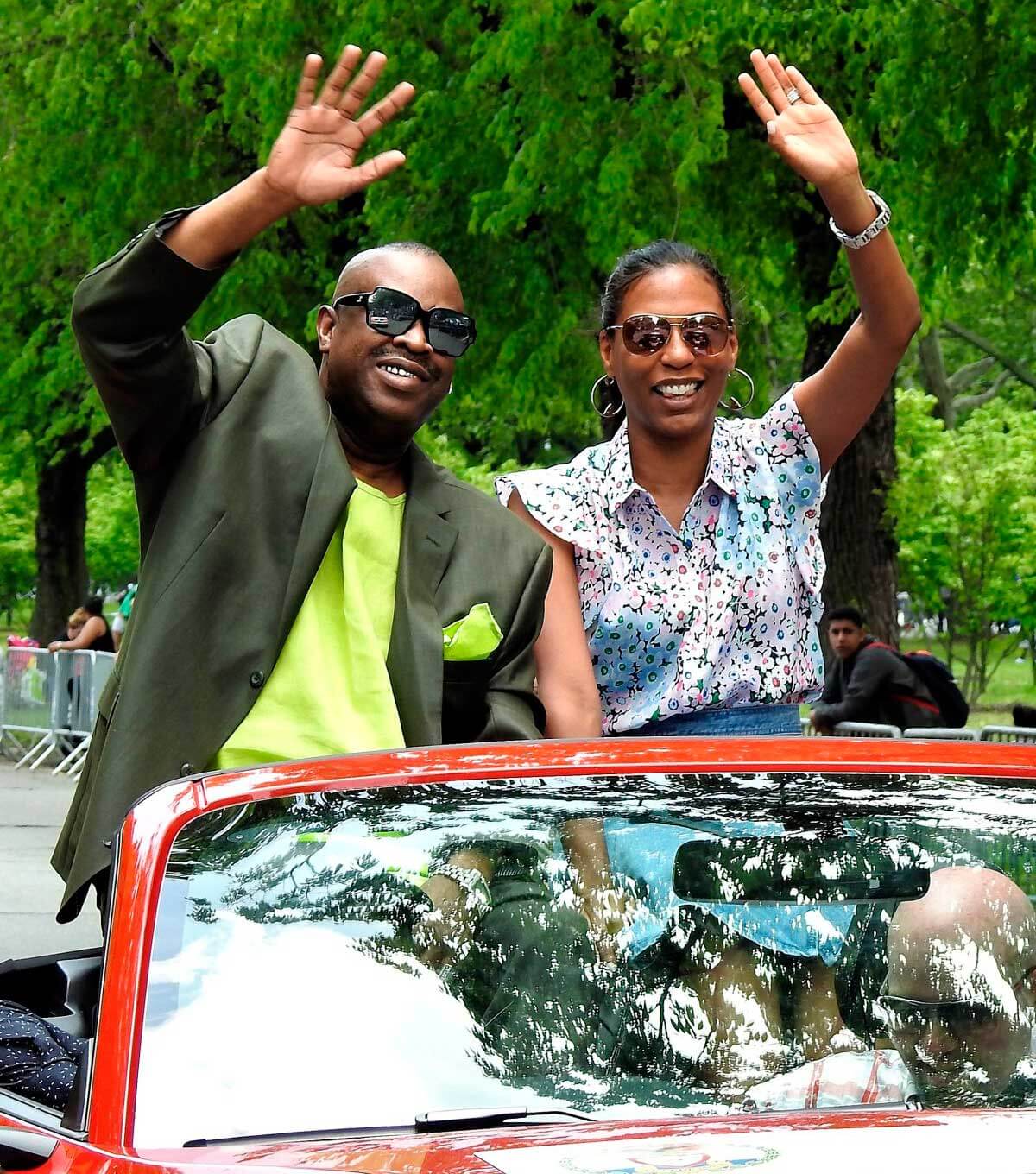
By the 1990’s New York’s rap scene had shifted greatly into Brooklyn due to the rise of The Notorious B.I.G. and other affiliated acts such as Jay Z.
Bronx rappers like the late Big Pun and Fat Joe managed to pull the city’s rap spotlight back uptown by the late 1990’s with Big Pun’s track “I’m Not a Player” and Fat Joe’s hit “Lean Back.”
It was these rappers and producers along many others who evolved and propelled hip hop into its modern era of the new millenium, one which still sees Bronx greats rise above the rest.
A block in Castle Hill was the stepping stone for Jennifer Lopez while the Moroccan born French Montana reportedly attended Lehman High School in his youth – not to mention all the clubs where Cardi B performed at prior to her own launch into fame.
Before moving to Atlanta and later marrying Alicia Keys, a teenage Swizz Beatz was mixing in the northeast Bronx too.
Earlier this week on Monday, the late Fred The Godson, a Longwood native and regular guest DJ on Hot97 was honored and remembered on his 36th birthday by Fat Joe and the Bronx community.
